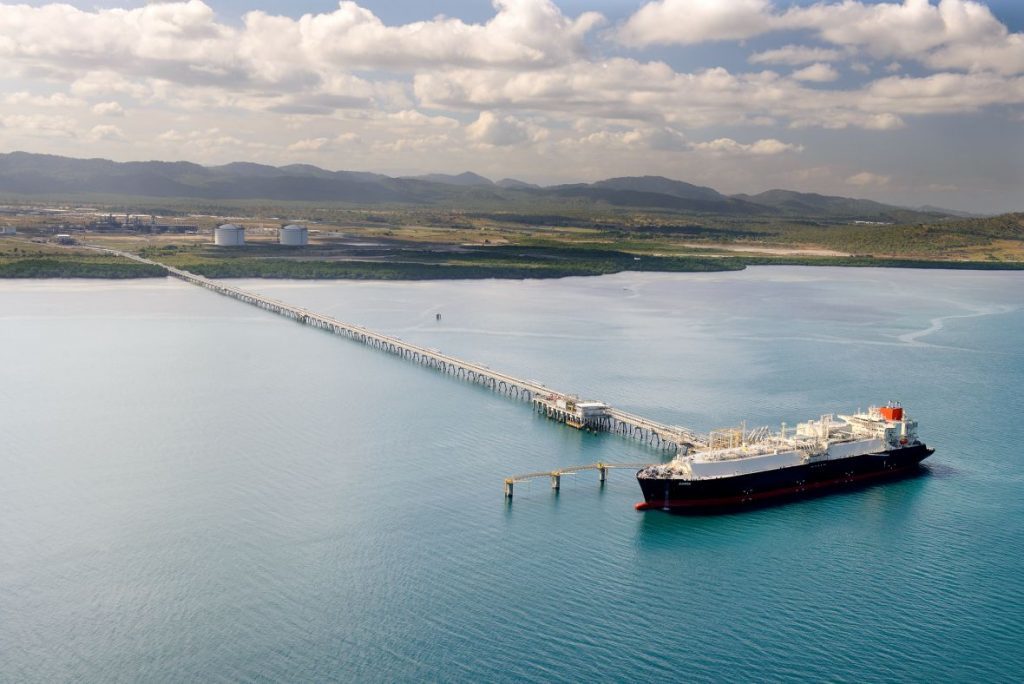
TotalEnergies will develop the Papua LNG project with four electrical trains and is moving ahead with front-end engineering and design (FEED).
The French company will also sell down a stake in the project to JX Nippon.
New liquefaction under the Papua LNG project will be 4 million tonnes per year. The project will also take another 2mn tpy of capacity at the existing trains of PNG LNG. The new development will be built within the PNG LNG site, at Caution Bay.
ExxonMobil will build and operate the electrical trains. The US company has operated PNG LNG since 2014.
“The integrated FEED entry is a significant step in the development of the Papua LNG project,” said Julien Pouget, senior vice president Asia Pacific for exploration & production and renewables at TotalEnergies.
“This project, strongly supported by the Papua New Guinea State, will contribute to the security of LNG supply, especially for customers in Asia, where LNG can substitute coal for power generation and participate in a substantial reduction of CO2 emissions in the region.”
Using electrical trains will reduce emissions from the new project. In addition, it plans to reinject CO2.
Improved deal
Minister of Petroleum and Energy of Papua New Guinea Kerenga Kua said Papua LNG was a “project of national significance”. The plan will help business confidence and help the economy, the minister said.
“The Marape-Rosso government places high priority on the delivery of Papua LNG project, we have an improved deal for our people, and improved contribution of our national contractors and work force.” Kua went on to encourage the stakeholders “to work diligently to deliver an ‘on time-on budget’ project”.
Total holds a 40.1% stake in Papua LNG, while Exxon has 37.1% and Santos 22.8%. The French company said that it had struck a head of agreement with JX Nippon for the sale of a 2% stake in Papua LNG. JX Nippon is affiliated with Japan’s ENEOS and already holds a 4.7% stake in PNG LNG.
The partners expect to reach a final investment decision (FID) on the plan by the end of 2023 or early 2024. It would then start producing four years later.
At FID, the state of Papua New Guinea has a right to back in for up to 22.5%.
